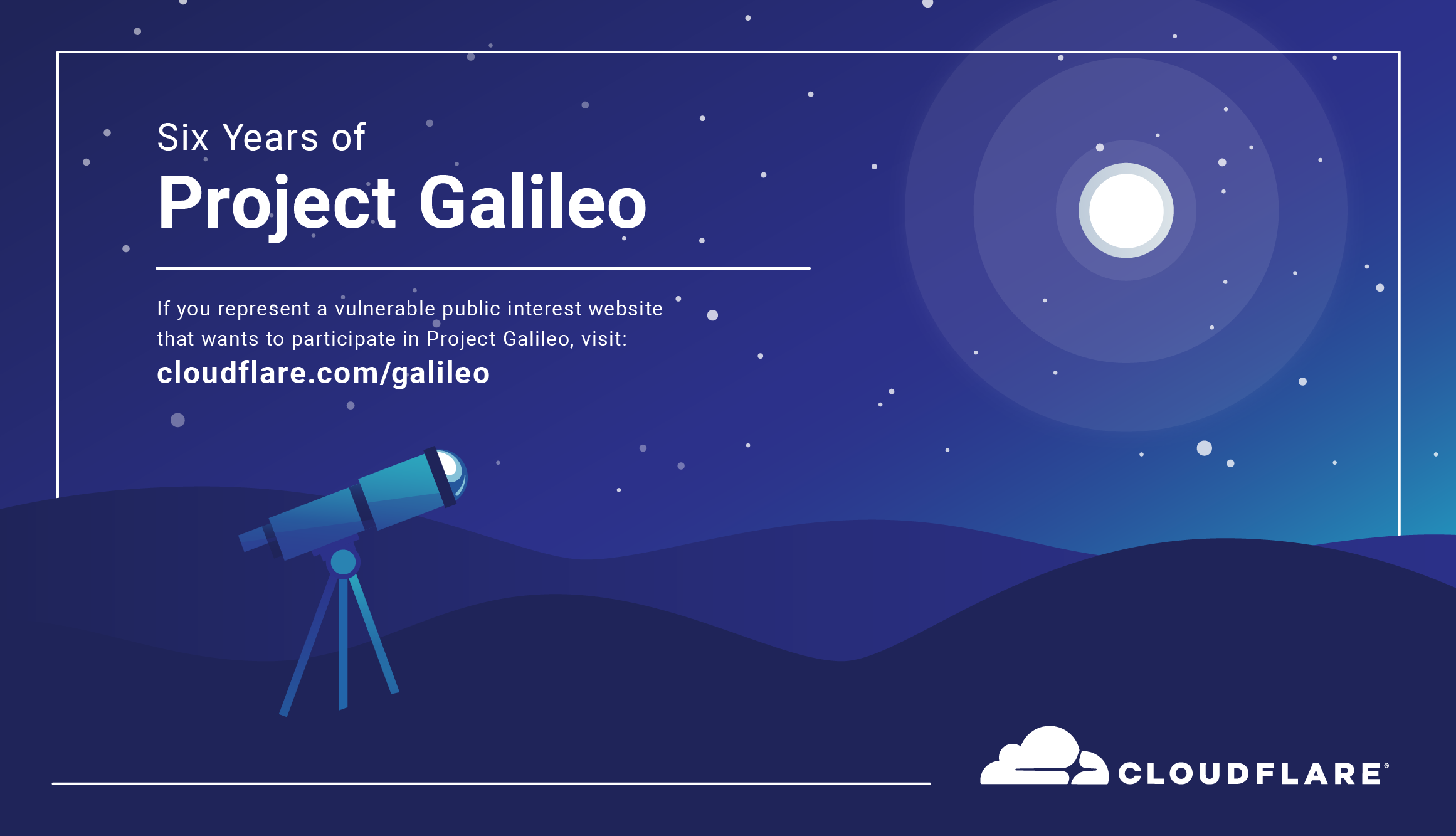Google Taps Telefónica for Telco Cloud Edge Expansion
The deal includes Google opening a new cloud region in Spain and Telefónica using Google Cloud’s...
SonicWall Adds SD-Branch Functionality, Switches
The SD-branch capabilities will enable customers to remotely provision and manage branch...
Amazon Stops Selling Police Its Facial Recognition Tech
“We’ve advocated that governments should put in place stronger regulations to govern the...
IPv6 Buzz 053: Applications And IPv6
In this week's IPv6 Buzz episode, Scott and Tom discuss applications and IPv6 with Dan York. They also talk to Dan about his role at the Internet Society and pro-IPv6 ISOC programs such as Deploy360 and Open Standards Everywhere.IPv6 Buzz 053: Applications And IPv6
In this week's IPv6 Buzz episode, Scott and Tom discuss applications and IPv6 with Dan York. They also talk to Dan about his role at the Internet Society and pro-IPv6 ISOC programs such as Deploy360 and Open Standards Everywhere.
The post IPv6 Buzz 053: Applications And IPv6 appeared first on Packet Pushers.
Tech Bytes: Solving Common Network Issues With Apstra’s Intent-Based Networking (Sponsored)
Today's Tech Byte episode, sponsored by Apstra, delves into solving common network problems with Intent-Based Networking (IBN), including how a customer used Apstra AOS to troubleshoot an EVPN issue. Our Apstra guests are Sean Hafeez, VP of Product Management; and Jeff Tantsura, Head of Networking Strategy.
The post Tech Bytes: Solving Common Network Issues With Apstra’s Intent-Based Networking (Sponsored) appeared first on Packet Pushers.
Tech Bytes: Solving Common Network Issues With Apstra’s Intent-Based Networking (Sponsored)
Today's Tech Byte episode, sponsored by Apstra, delves into solving common network problems with Intent-Based Networking (IBN), including how a customer used Apstra AOS to troubleshoot an EVPN issue. Our Apstra guests are Sean Hafeez, VP of Product Management; and Jeff Tantsura, Head of Networking Strategy.Project Galileo’s 6th year Anniversary: The Impact of COVID-19 on the most vulnerable groups on the Internet


Consistent with our mission to “help build a better Internet,” Cloudflare believes that one of the most important roles for the Internet is to empower marginalized voices that may not be heard, or bring together oppressed groups of people that may otherwise find themselves isolated and alone. Six years ago, Cloudflare started Project Galileo to provide free services to vulnerable nonprofits, journalism and independent media voices online who might otherwise be in danger of being silenced by cyberattacks. Much has changed in the past couple of months as the COVID-19 pandemic has transformed the world while the United States faces a wave of protests addressing racial violence and inequality. These events have put further strain on vulnerable groups working in these spaces, and we have seen many organizations step up to ensure that those who are most affected by these circumstances are protected. At Cloudflare, we believe that protecting these groups from attack is essential to helping build a better Internet.
We are excited to mark the 6th anniversary of the project this month, and it is a good time for us to reflect, talk to participants, and see how the Project has grown and changed over the course of Continue reading
Example: Fully-Automated AWS Network Infrastructure Deployment
Regular readers of my blog probably remember the detailed explanations Erik Auerswald creates while solving hands-on exercises from our Networking in Public Cloud Deployments online course (previous ones: create a virtual network, deploy a web server).
This time he documented the process he went through to develop a Terraform configuration file that deploys full-blown AWS networking infrastructure (VPC, subnets, Internet gateway, route tables, security groups) and multiple servers include an SSH bastion host. You’ll also see what he found out when he used Elastic Network Interfaces (spoiler: routing on multi-interface hosts is tough).
Listen to the Hedge Podcast 39 to Learn about the Open Standards Everywhere Project

What is our Open Standards Everywhere (OSE) project all about? How did it get started? What are the project goals? What are some of the challenges web server operators face? How can we work together to make web servers more secure and available?
Recently Russ White and his team interviewed me on The Hedge Podcast Episode 39 to discuss all these questions and much more. I’ve known Russ for a good number of years and it was fun to talk with him and his co-hosts Eyvonne Sharp and Tom Ammon about all things related to the OSE project. I hope you enjoy listening to the episode as much as we enjoyed having the conversation!
I would encourage you to listen to some of the other Hedge podcast episodes, too, as they have some great content. A few I personally enjoyed included: episode 37 about DNS privacy; episode 31 about network operator groups (NOGs); and episode 30 with Ethan Banks from the Packet Pushers Network about why understanding the fundamentals of networking is so important.
Thank you to Russ, Eyvonne, and Tom for having me on the show!
Want to be more involved Continue reading
Nokia Mellows 5G Outlook for 2020
“There have been some customers that have slightly pushed back their plans, but by and large...
Daily Roundup: Coronavirus Claims GSMA Jobs
Coronavirus claimed 200 GSMA jobs; IBM Cloud suffered a massive outage; and Versa helped service...
Siemplify SOARs With Cloud-Native Security Operations
Siemplify competes against SOAR vendors including Palo Alto Networks, IBM, Splunk, and Swimlane...
The Hedge Podcast Episode 39: Dan York and Open Standards Everywhere
The Internet Society exists to support the growth of the global ‘net across the world by working with stakeholders, building local connectivity like IXs and community based networks, and encouraging the use of open standards. On this episode of the Hedge, Dan York joins us to talk about the Open Standards Everywhere project which is part of the Internet Society. More information about Open Standards Everywhere can be found—
IBM Cloud Back Online After Mass Outage
Outage tracking services reported a surge in errors beginning shortly before 6 p.m. in the Eastern...
Coronavirus Claims 200 Jobs at GSMA
Massive job cuts, which impacted about a fifth of the association’s workforce, hit four months...
Day Two Cloud 052: Moving Back Home From The Cloud
Today's Day Two Cloud episode is a frank conversation about cloud migration, multicloud, cloud repatriation, and more. If you're here for rainbows and unicorns, prepare for disappointment. We talk about what's real, how expensive it can be to move to cloud, why people bring workloads back on premises, and more. Our guest is Bobby Allen, CTO at CloudGenera.
The post Day Two Cloud 052: Moving Back Home From The Cloud appeared first on Packet Pushers.
Day Two Cloud 052: Moving Back Home From The Cloud
Today's Day Two Cloud episode is a frank conversation about cloud migration, multicloud, cloud repatriation, and more. If you're here for rainbows and unicorns, prepare for disappointment. We talk about what's real, how expensive it can be to move to cloud, why people bring workloads back on premises, and more. Our guest is Bobby Allen, CTO at CloudGenera.NTC – Security and Networking
The increased rate of change in networking isn’t just impacting the operational models used to run networks. Network security posture, infrastructure, and operations are having to adapt quickly as well. In this episode we sit down with Henry Jiang, CISO of Diligent Corporation, to talk about how security is adapting to current infrastructure trends.
Outro Music:
Danger Storm Kevin MacLeod (incompetech.com)
Licensed under Creative Commons: By Attribution 3.0 License
http://creativecommons.org/licenses/by/3.0/
The post NTC – Security and Networking appeared first on Network Collective.